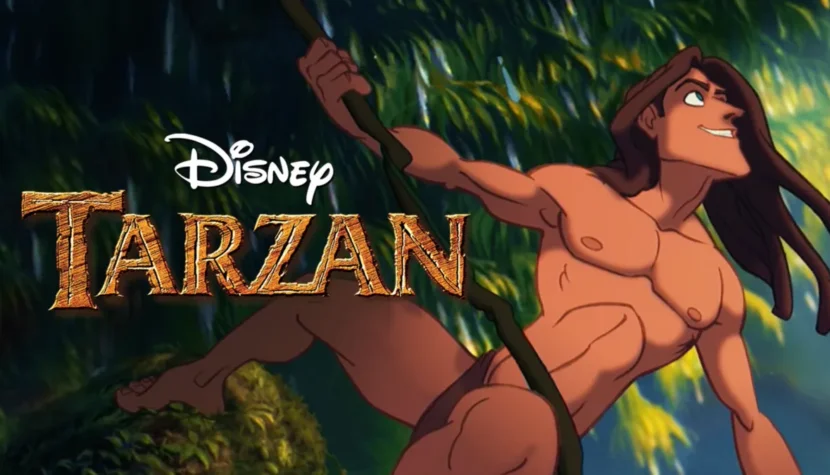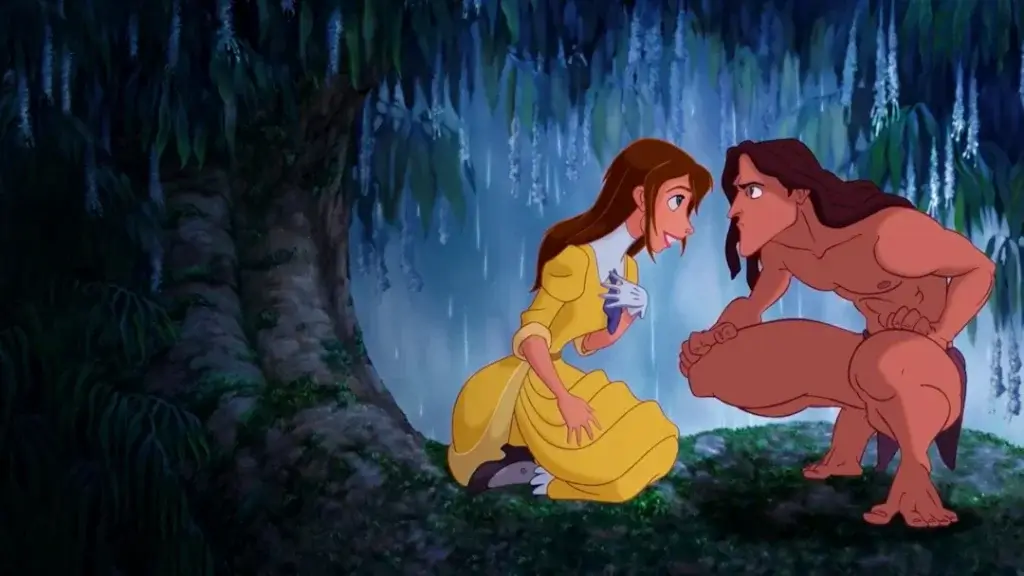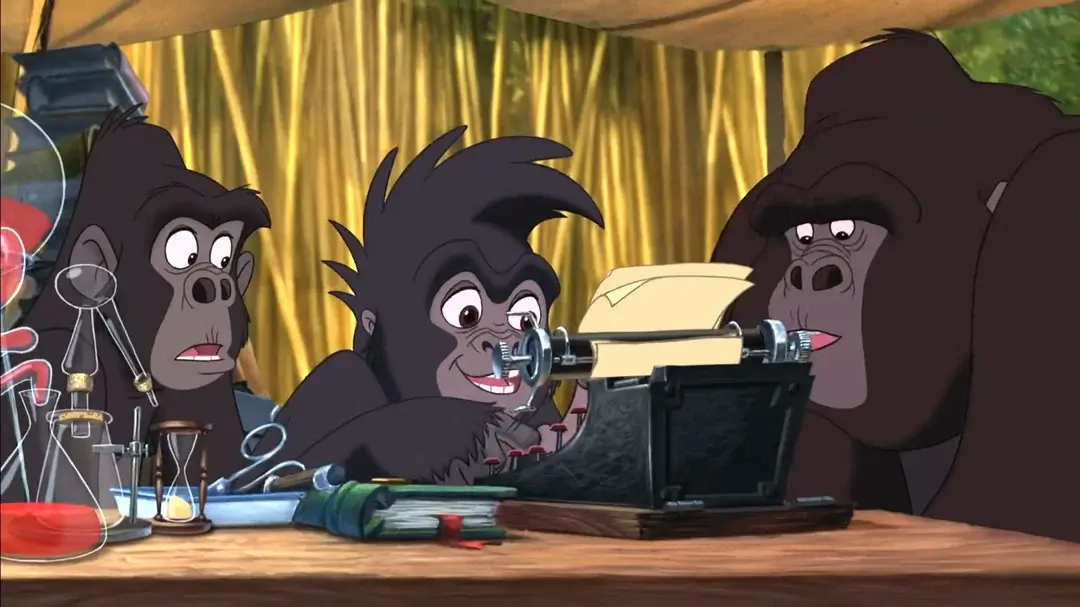TARZAN. About identity and the search for self

The 1990s were a time of massive successes for Walt Disney. Many productions ended up winning Oscars and garnered huge numbers of devoted fans. It was a groundbreaking period—never before had animated cinema so thoroughly dominated the art of filmmaking. Walt Disney became a monopolist and master of children’s imaginations. Paradoxically, this lack of real competition didn’t lead to complacency for the studio’s leaders. With each new film, the studio picked up momentum, never dipping below a remarkably high standard. Choosing between “The Lion King” and “Pocahontas”, or “Hercules” and “Mulan“, or “The Hunchback of Notre Dame” and “Aladdin” is almost impossible. Each of these films showcases technical mastery and directorial ambition. Their stories are imbued with a powerful emotional charge that likely impacts even the less sensitive viewers. The animations consistently carry a clear ideological narrative that doesn’t shy away from historically and socially significant topics. The studio’s creative policies ensured one triumph after another, fully earning its top place in family entertainment cinema.
“Tarzan”, released in 1999, rounded off Disney’s Renaissance with a bang. The creators tapped into a literary character conceived in the early 20th century by Edgar Rice Burroughs. His book tells the story of a boy raised by apes on an unspecified African island. In terms of plot, “Tarzan” bears similarities to “Pocahontas”, released a few years earlier, in its exploration of colonial themes. “Pocahontas” addresses colonialism more directly, with a clash between two groups that results in heavy losses—both in terms of lives and property. “Tarzan” presents a similar theme, though not as intensely. Here, the characters are driven by curiosity rather than the desire for dominance, and they swap weapons for academic notebooks.

On one side, we have the community of apes that raised Tarzan, who, through clear anthropomorphism, resemble more of a human tribe adapted to entirely different conditions. This approach allows Disney’s animation to be read in a universally open way (touching on persistent philosophical questions about the self and the Other). On the other, we have the English scientists, Professor Archimedes and his daughter Jane. It’s the early 20th century, and their research is based more on intuition and guesses than on verified knowledge or analytical tools. Crucially, they approach their work with an open mind and sensitivity, avoiding stereotypes and snap judgments. This alone offers a lot of educational value, a field in which Disney dominated during that decade.
“Tarzan” particularly stands out for focusing on what unites these two very different worlds. This is especially apparent in the moving opening sequence of the film. The parallel montage juxtaposes moments when infant Tarzan is cared for by his biological parents with similar scenes of his future mother, Kala the gorilla, nurturing her newborn in a similarly warm and affectionate way. The entire sequence is perfectly tied together with Phil Collins’s song “Two Worlds.” This theme is echoed in small gestures, like when characters repeatedly place their hands together, a fundamental reflection of our shared humanity. Although enormous divides separate us—such as those in knowledge, cultural background, and achievements—these differences both expand and limit our understanding. On a primal level, however, we are all gifted with the same emotional foundation.

“Tarzan” is ultimately a film about identity and the search for self. The directors employ a recurring Disney motif: looking at one’s own reflection. In one scene, Tarzan gazes at his reflection in the water, fully aware of how different he is from the apes around him, yet still believing he’s one of them. He reaches into the mud and smears it on his skin, as if trying to cover his pale skin with fur. It’s a desperate and pivotal moment that captures his sense of confusion. Simba from “The Lion King” experiences a similar moment, finding in his reflection a resemblance to Mufasa. Likewise, Mulan’s pivotal decision to take her ailing father’s place in the army is prompted by her gaze in the mirror. Through these repeated motifs, Disney’s 1990s productions continually shaped psychological portraits of their characters.
It’s also worth mentioning the technological leap that “Tarzan” represented. Traditional hand-drawn animation had never before been so fluid or visually stunning, with such depth, vibrant color, and clarity. “Tarzan” feels like the pinnacle of this noble technique. Shortly afterward, Disney shifted to digital animation, offering new possibilities but leading to a decline in form. This change also underscored the fact that Disney, through its use of paper and pencil, had reached its absolute zenith.

